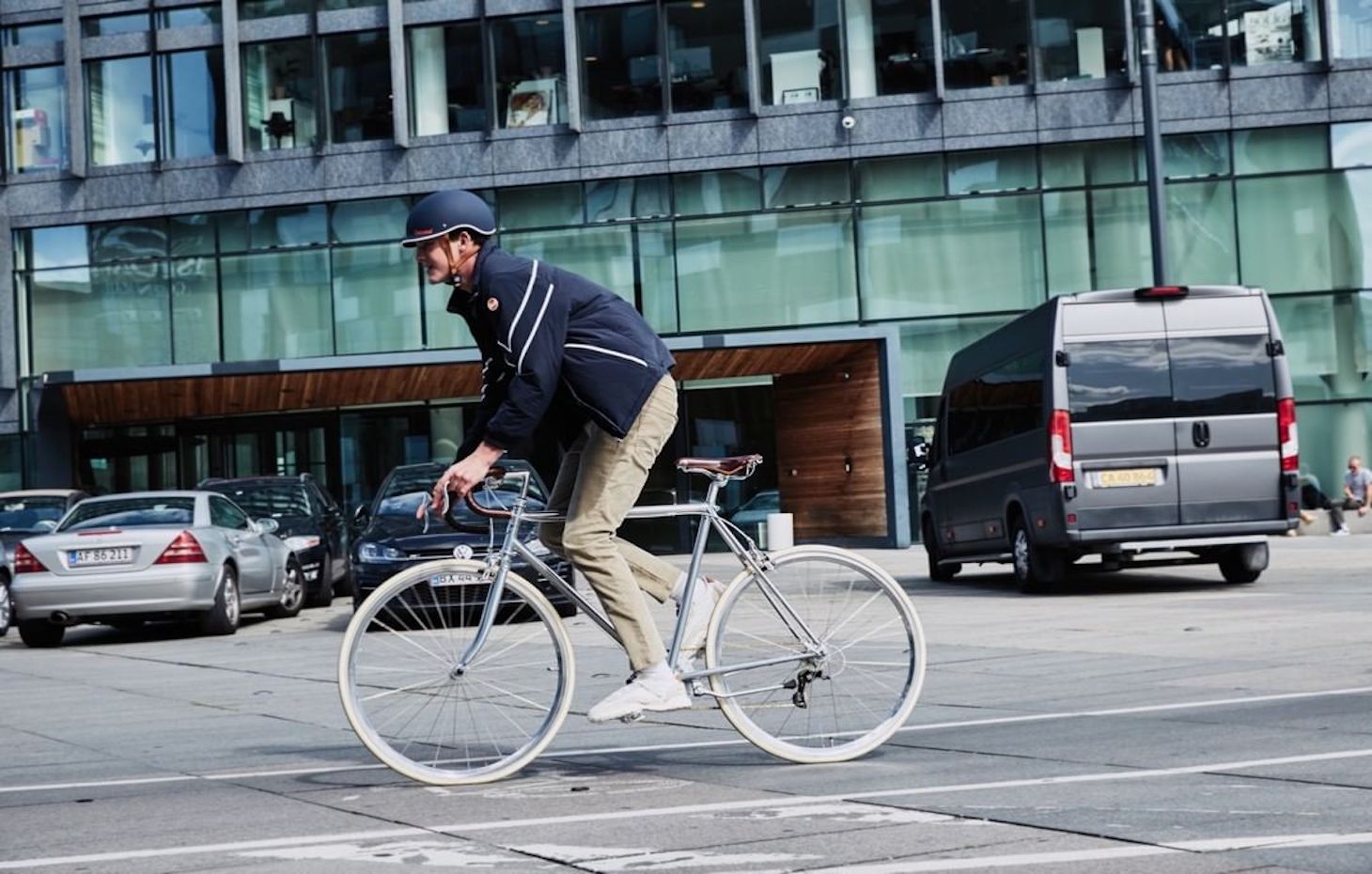
As more people turn to bicycles as modes of transportation for everything from commutes to casual rides, cities are hustling to quickly expand their bikeways and make it safer for riders. Enter the bike lane. This precious space is designed just for bicycles; although, scooters, skateboards and the like have been known to utilize this space, too.
According to the National Association of City Transportation, “Bike lanes enable bicyclists to ride at their preferred speed without interference from prevailing traffic conditions and facilitate predictable behavior and movements between bicyclists and motorists.” There are fours types of bike lanes:
Unfortunately, both cars and bike riders often violate bike lane etiquette. Here’s a quick look at the general bike lane rules that you need to know for 2020 — for both riders and motor vehicle drivers. If you’re in doubt, always check your local bike lane laws.
RULES FOR BIKE LANES IN 2020
HOW CAN BICYCLISTS AND CARS COEXIST?
This one’s simple: Just follow the rules. Easier said than done, right? Both bicyclists and drivers are guilty of breaking bike lane rules, which often leads to frustration and sometimes even fights. We want to work together to build a world where we all can coexist peacefully. To that end, bicyclists should always ride on the right side of the road within the designated space unless a bike lane specifies otherwise. It’s tempting to cycle against traffic, but that could cause an accident or result in a citation.
Both bike riders and motor vehicle drivers are expected to always obey the rules of the road, including stop lights, traffic signs, and crossing pedestrians. If you’re on two wheels, you need to yield to crossing traffic in an intersection and also to faster-approaching vehicles when moving left to change lanes or turn. Don’t forget to use those signals when turning. Otherwise, you might end up with a citation.

HOW FAST CAN I RIDE IN THE BIKE LANE?
Some bike riders opt not to use bike lanes if they’re in a hurry. While it’s always recommended to use the designed bike lane spaces, we get that sometimes you have places to be and people to see. Slower vehicles should always drive to the right, and this is true for bicyclists and drivers across all 50 states. If the bike line is clogged, there are hazards in the way (like parked cars), or you find yourself behind slow riders, bicyclists can ride in the left lane if it’s safe and they’ve yielded to cars.
Heads-up: You could get a citation when riding in the far left lane at a slower pace than that of traffic because it’s usually considered unsafe.
HOW DOES TURNING IN A BIKE LANE WORK?
Many conventional right-side bike lanes across the country become turning lanes for both cars and bicycles in the last 100 feet or so. You know one’s coming up when you start to see the dashed line (although not all feature dashed lines). Motorists are allowed to enter the bike lane for turning only if there’s no one beside the car. Don’t forget to use your signal and take extra caution to ensure there aren’t any cyclists or pedestrians.
Bicyclists should always stop and wait for a car to make its right turn from the bike lane. If you want to pass a car on the left side, check your surroundings and signal to cars behind you.
HOW CAN I PRACTICE EXTRA SAFETY?
Ride your bicycle in the bike lane when available. Obey traffic laws and signs. Check your surroundings. Be patient with cars and pedestrians. Use your signals. And always wear a safe bike helmet.

